Best Seasons for Storm Restorations
Storm restorations are most effective when performed during periods of favorable weather, typically in late spring through early fall. Timing is crucial to ensure the safety of repair crews and to maximize the durability of repairs. Addressing storm damage promptly can prevent further deterioration and costly repairs.
Late spring to early fall offers the most suitable weather conditions for storm restoration projects, minimizing delays caused by adverse weather.
Dry and mild weather reduces risks during repairs and allows for better assessment and execution of restoration work.
Performing restorations outside peak storm season may delay repairs but can also provide more scheduling flexibility.
Immediate response after a storm is essential to prevent further damage, even if weather conditions are not ideal for comprehensive repairs.
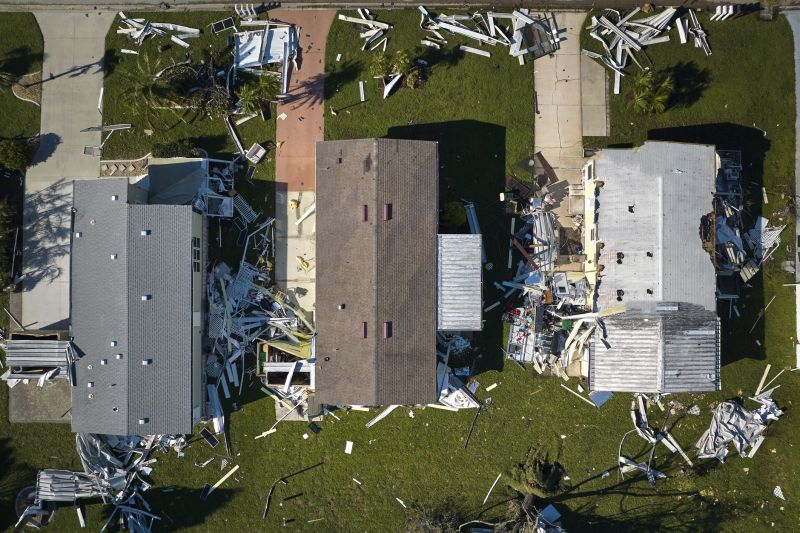
Initial inspection after a storm to evaluate damage and determine restoration needs.

Workers repairing a roof after storm damage during favorable weather.

Finished project showcasing restored structure after storm damage.
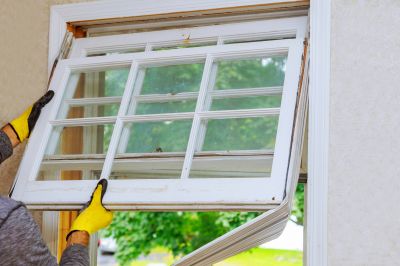
Ways to make Storm Restorations work in tight or awkward layouts.

Popular materials for Storm Restorations and why they hold up over time.

Simple add-ons that improve Storm Restorations without blowing the budget.
| Season | Advantages |
|---|---|
| Spring | Optimal weather for repairs, moderate storm activity |
| Summer | Longer daylight hours, ideal for scheduling |
| Fall | Dry conditions, preparation for winter storms |
| Winter | Limited for exterior repairs, higher risk of delays |
Storm restorations involve repairing damage caused by severe weather events such as high winds, hail, and heavy rainfall. These repairs are vital for maintaining the integrity of structures and preventing further deterioration. Proper timing ensures that restorations are effective and durable, reducing the likelihood of recurring issues. Weather conditions significantly influence the success of restoration projects, with dry and mild periods being most suitable for comprehensive repairs.

Severe storm damage to roofing materials requiring urgent restoration.

Restoration crews replacing damaged siding after a storm.

Interior repairs following storm-related water intrusion.

Assessment of completed restoration work to ensure quality.

High-end options that actually feel worth it for Storm Restorations.

Finishes and colors that play nicely with Storm Restorations.

Little measurements that prevent headaches on Storm Restorations day.

A 60-second routine that keeps Storm Restorations looking new.
Timely storm restorations are essential to protect properties from further damage and to restore safety and functionality. Planning repairs during favorable weather conditions can lead to more efficient work, better results, and longer-lasting repairs. Property owners are encouraged to schedule assessments and repairs promptly following storm events to mitigate additional risks.
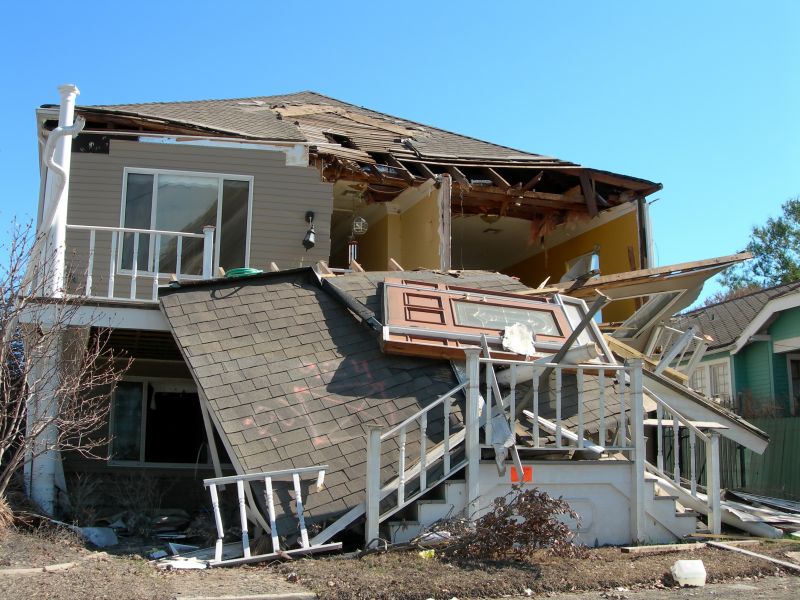
Restoration professionals working on a storm-damaged roof.
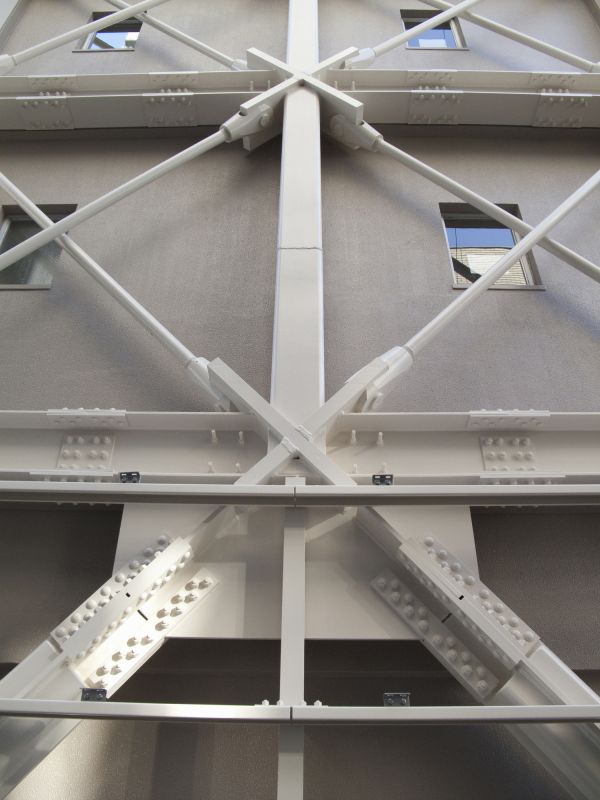
Reinforcing weakened structures after storm damage.

Final check to ensure restoration quality and safety.
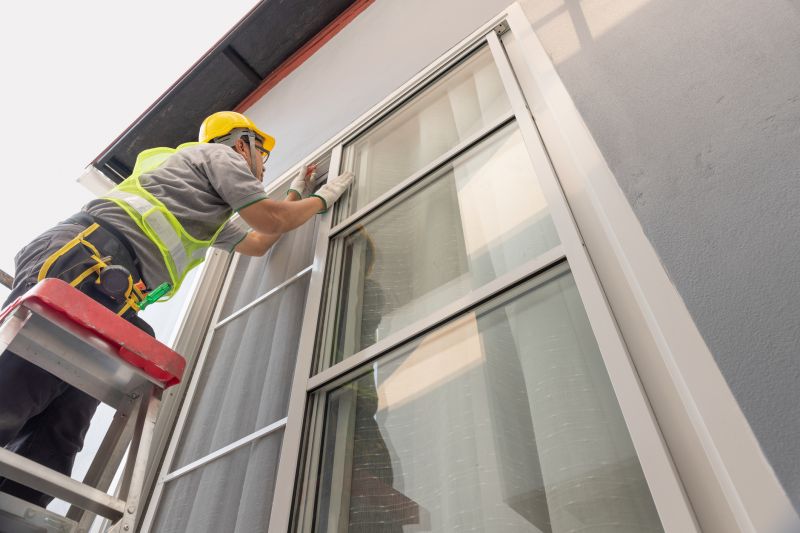
A frequent mistake in Storm Restorations and how to dodge it.

Small tweaks to make Storm Restorations safer and easier to use.

Lower-waste or water-saving choices for Storm Restorations.
Interested property owners are encouraged to contact professionals for assessments and restoration planning. Early scheduling during optimal weather conditions can facilitate smoother repairs and help ensure the durability of restoration work.
